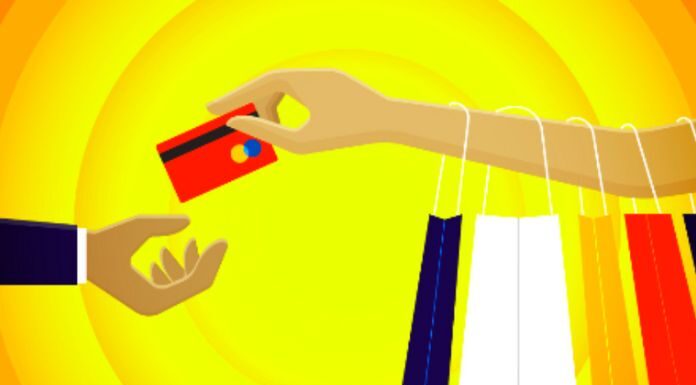For a long time, researchers and entrepreneurs have been interested in studying consumer behavior and how they make a purchase decision. What makes you decide on a particular brand?
There are many studies on the subject. But recent research by the Google team has shown that purchasing decisions are more complex than previously thought. Find below what influences the purchase decision process and how digital marketing can help!
The ‘Half Confusing’
How people decide which products and brands to buy from is fascinating but complex. Even in the offline world, consumer behavior follows a complicated path to checkout, which varies from category to category and individual to individual.
And by providing an almost limitless supply of e-commerce information and options, digital has added many more layers of interaction to shopping behavior.
Google’s consumer insights team and the company’s Behavioral Architects set out to understand how this process influences what people decide to buy. In the report, the path between the initial trigger and the final purchase was called the “Messy Middle.”
Using a large-scale experiment, the report analyzed the cognitive biases people use to deal with the complexity of online information and choices.
The study concluded that these biases shape and influence people’s buying behavior. While there are hundreds of them, the report prioritizes six:
- Heuristic Analysis: Brief descriptions of crucial product specifications can simplify purchasing decisions.
- Power of now: the longer the consumer has to wait for a product, the weaker the proposition becomes.
- Social Proof: Other people’s recommendations and reviews can be very persuasive.
- Scarcity Bias: As the stock or availability of a product decreases, the more desirable it becomes.
- Authority Bias: Being influenced by an expert or trusted source.
- Power of Free: A gift with a purchase, even if unrelated, can be a powerful motivator.
The Experiment
Based on the understanding that decisions are emotional and rational, the researchers sought to test the six biases in a buying context to see how they might work for brands.
The analysis measured how people value different product or service attributes, looking not at tangible benefits but at cognitive biases.
The experiment, done with genuine buyers, simulated 310,000 purchase scenarios in categories such as financial services, consumer packaged goods, retail, travel, and services.
Shoppers shared their first and second favorite brands within a specific category. Within the experiments, a fictitious brand was also included in each category.
Then buyers were asked to choose between brands, to which some or all of the six biases were applied.
The results revealed that the identified biases were crucial, even for fictitious brands (which were not known to consumers).
- Even brands people have never heard of can get in the way of preferences in the “confused middle”;
- However, brands are still important. Even as researchers struggled to balance things in favor of fictitious brands, across all categories, many shoppers remained loyal to their favorite brand, even when the alternative offered a far superior proposition;
- Presence can be enough to change a preference. About a third of respondents would choose their second preference when offered the pre-purchase option. Sometimes, just showing up at the right time is essential.
So How Can Digital Marketing Work In The “Confused Environment”?
The Google team that wrote the report argues that while consumer behavior seems complicated, it’s just a typical buying process for people.
So they offered some advice for brands of all sizes, including:
- Ensure brand presence, so your product or service is already strategically in mind as customers explore;
- Employ the principles of behavioral science intelligently and responsibly to make your proposal attractive while consumers weigh their options;
- Close the gap between trigger and purchase, so customers spend less time exposed to competing brands;
- Build flexible and empowered teams that can work cross-functionally, avoiding performance gaps.
Also Read: Five Best Corporate Benefits To Offer In Your Company

